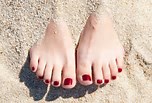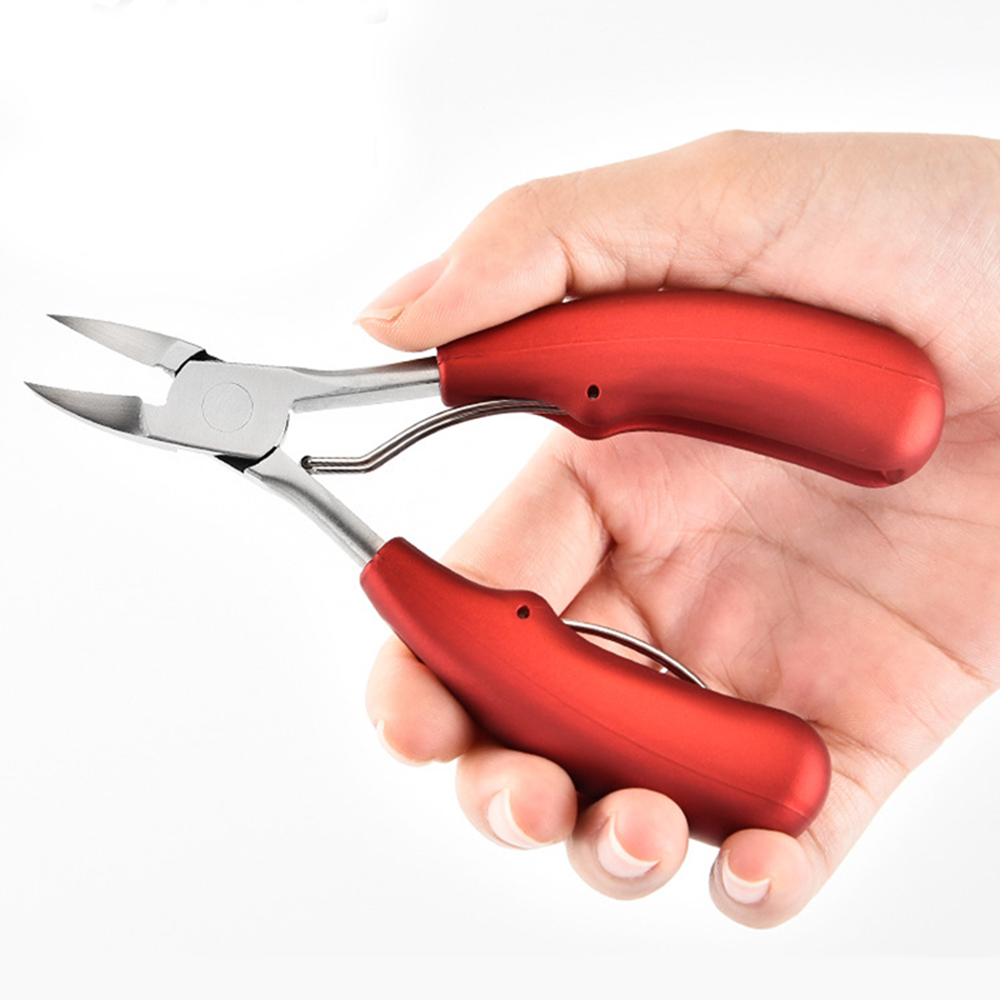Common Toenail Conditions - Changes in Nail Shape






Common Toenail Conditions - Changes in Nail Shape
There are many reasons why the shape of the nail may change over time, including hereditary factors, injuries, changes in circulation, and fungal infections.
The most common change is the thickening of the nail. In the most advanced cases nails can become more than half an inch thick.
Other changes in shape include curving, clubbing, and "spoon-shaped" nails.
In the most advanced cases nails can become more than half an inch thick. Other changes in shape include curving, clubbing, and "spoon-shaped" nails.
Thickening of the toenail is often caused by a fungal infection.
Fortunately for those who are vulnerable to thickening of the nails, a thorough nail treatment, done one to four times anually by a podiatrist, can control the problem.
Curving usually occurs at the corners of the nails and can lead to ingrowing nails, nails with a peak at the center, or nails that become tubular in shape.
A curved nail is probably the most difficult to trim and tends to become progressively more curved in time.
"Clubbing" refers to nails that have a bulbous shape, and appears in the fingers as well as the toes of affected individuals.
The nail broadens and bulges as it curves downwards around the end of the toe.
It also becomes thin and rubbery and can separate from the nail bed.
Clubbing is often an indication of heart or lung disease.
Spoon-shaped nails loosen and curve upwards at the ends of the toes and are thin, dry, and whitish in colour.
They usually indicate a systemic condition, such as iron deficiency anemia, systemic lupus, or Raynaud's disease/phenomenon.
Reference: Great Feet For Life: Paul Langer, DPM
Articles - Latest
- A yoga teacher says this five-minute stretch is all you need to maintain flexibility in your spine
- Can't do a deep squat? Use this coach's four-step plan
- 6 Reasons Your Feet Are So Itchy
- Surprising Benefits of Using Bay Leaves on Your Feet
- I run 50 miles a week and this is my go-to 20-minute yoga-for-runners workout to boost my flexibility
- How to do hanging leg raises with perfect form, according to trainers
- The two exercises everyone should add to their strength workouts to see results, according to an expert trainer
- 1 year of heavy strength training could offer 4 years of benefits, study suggests
- Research Has Unveiled How Many Sets You Need to Do to Build Muscle
- I did 50 frog crunches every day for a week — here's what happened to my abs
- 10 physio-approved exercises for runners that will help you build strength and mobility
- Forget sit-ups — this 3-move standing ab workout chisels your abs and obliques
- What to do when plantar fasciitis is so bad you can't walk
- Five exercises better than side bends to sculpt strong obliques
- Forget Russian Twists — this 10-minute stability ball workout targets your abs and glutes
- Professor explains how we are all doing one exercise wrong and it is causing us pain
- Supplies, Description, and Usage - Tech Nails-2
- Supplies, Description, and Usage - Tech Nails
- Exercises for Plantar Fasciitis
- Shoes, insoles and splints: Cushioning and support - Plantar fasciitis
- 10 best bum workouts and 25 bum exercises for a 🍑'ier butt
- The dos and don’ts of running when you’re over 40
- This 30-minute workout can be done from just about anywhere
- I teach stretching routines for a living — 3 exercises that strengthen your hips and open your hamstrings
- Somatic exercise has gone viral promising to lower cortisol levels, ease stress, and boost health - so, does it actually work?
Articles-Popular
- Home
- Calluses and Corns-4-Padding and Insoles To relieve Pressure
- Add Muscle, Build Stamina and Fire up Your Metabolism with Our Three-Move Strongman Circuit
- The two exercises everyone should add to their strength workouts to see results, according to an expert trainer
- Appreciate Your Feet
- Contacts
- Therapy Price List- Aromatherapy - Counselling
- WEB - LINKS
- The Awareness of Foot Care
- Nail Technician Resume
- Join us as a Therapist
- Blisters on the Feet
- Skin Care-Feet
- Galleries
- TCM - Therapy Prices
- Podiatry/Chiropody Price List
- Bacterial Infections
- Nail Technician Job Description
- Itching Skin on the Feet
- Athlete's Foot
- Sweaty or Smelly Feet
- Appointments
- Gallery - Pedicured Feet
- Calluses and Corns - 2
- Skin Changes Associated with Blood Flow





